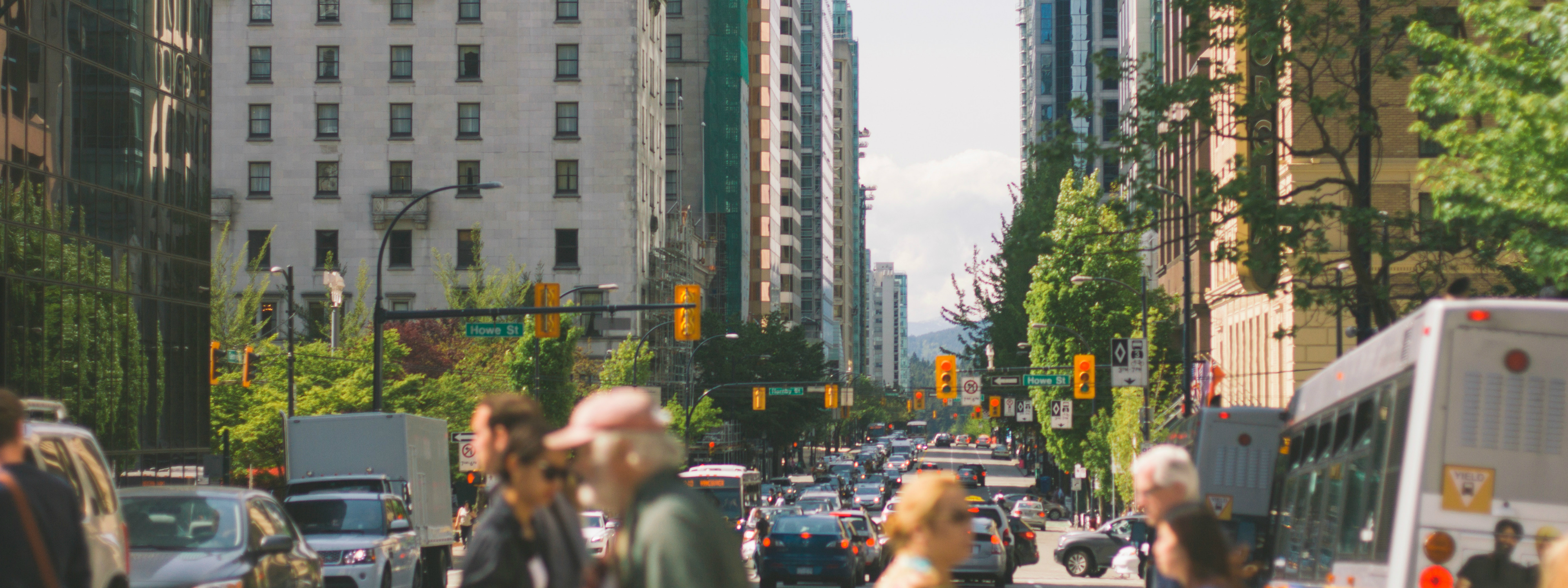Compendium of Best Urban Forest Management Practices
Chapter 15. Insects and Diseases of Urban Forests
Return to the Compendium homepage here:
Compendium of Best Urban Forest Management Practices →

Compendium of Best Urban Forest Management Practices
Return to the Compendium homepage here:
Compendium of Best Urban Forest Management Practices →
Trees in the urban environment suffer from many stresses that make them susceptible to insects and diseases, such as limited space for root growth, compacted and low-nutrient soils, and air pollutants (Canadian Climate Forum, 2016). Furthermore, as the climate changes, warmer temperatures and drier conditions may increase urban forests’ susceptibility to insects and diseases (Dale & Frank, 2017). Even though most insect species are valuable to trees, some insects can injure trees and weaken structure by defoliating crowns, sucking sap and boring into bark, and as a result, cause significant and expensive damage to the urban forest. For example, the Emerald Ash Borer is believed to have killed tens of millions of ash trees since arriving in North America, and is expected to cost Canadian municipalities $2 billion over thirty years in treatment, tree replacement and removal (Natural Resources Canada, 2018). The City of Montreal, for instance, has undertaken extensive efforts to eradicate the Emerald Ash Borer, including removing large numbers of ash trees, reforesting areas where ash trees were removed, and providing subsidies for residents removing infected ash trees on their own properties.
Insect and diseases of urban forests also have social impacts. They may impact residents’ enjoyment of urban natural areas by reducing their aesthetic value (Arnberger et al., 2017); in Montreal, for instance, Emerald Ash Borer removal disrupted access to cross-country ski trails and forest paths. Additionally, many communities depend on forested areas for livelihoods and employment. Tourism, such as to campgrounds and hiking trails, may be impacted.
Canadian online resources:
Non-Canadian online resources:
Arnberger, A., Schneider, I. E., Ebenberger, M., Eder, R., Venette, R. C., Snyder, S. A., Gobster, P. H., Choi, A., & Cottrell, S. (2017). Emerald ash borer impacts on visual preferences for urban forest recreation settings. Urban Forestry & Urban Greening, 27, October 2017, 235-245. https://doi.org/10.1016/j.ufug.2017.08.004
Dale, A. G. & Frank, S. D. (2017). Warming and drought combine to increase pest insect fitness on urban trees. PLoS ONE 12(3): e0173844. https://doi.org/10.1371/journal.pone.0173844
LaDeau, S. L., Allan, B. F., Leisnham, P. T., & Levy, M. Z. (2015). The ecological foundations of transmission potential and vector‐borne disease in urban landscapes. Functional Ecology, 29(7), 889-901. https://doi.org/10.1111/1365-2435.12487
Navigation